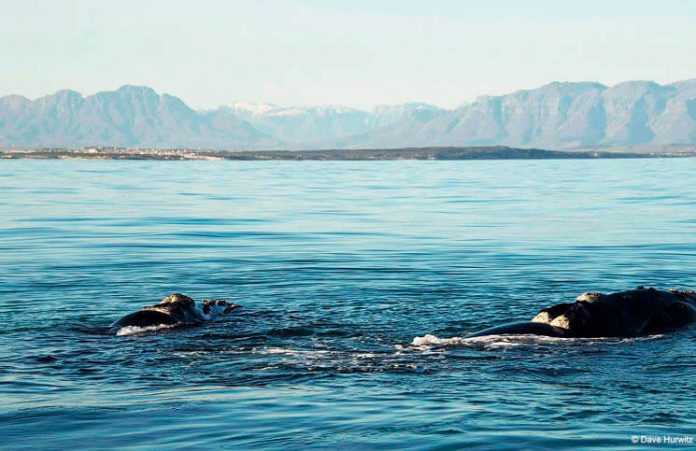
The Cape Whale Route is a 900-kilometre-long stretch of coastline that extends from Strandfontein near Muizenberg to Plettenberg Bay. Every year between June and December, southern right whales journey from the Antarctic to the Cape Whale coast during the winter to mate, calve, and rear their young, giving us the awe-inspiring opportunity to get up close with them, giving displays of raw power and elegant water acrobatics.
Hermanus is considered to be the Whale Capital of the world and boasts with its own whale crier who keeps visitors informed as to where the whales can be seen. During the whale season he walks around Hermanus spotting whales and announcing their presence by blowing on his kelp horn.
De Hoop Nature Reserve is probably most commonly known for its enormous Southern Right Whale migratory calving population and probably the place where you’ll be able to spot the largest numbers of whales. Although there are many great spots around the Western Cape we’ve listed a few of our favourites: Gansbaai, De Kelders, Cape Agulhas, Yzerfontein, Wilderness, Knysna, Mossel Bay, Plettenberg Bay, and along the False Bay Coast.
Make sure you pack a pair of binoculars, a camera or a smartphone ready to capture these magnificent creatures when you visit.

